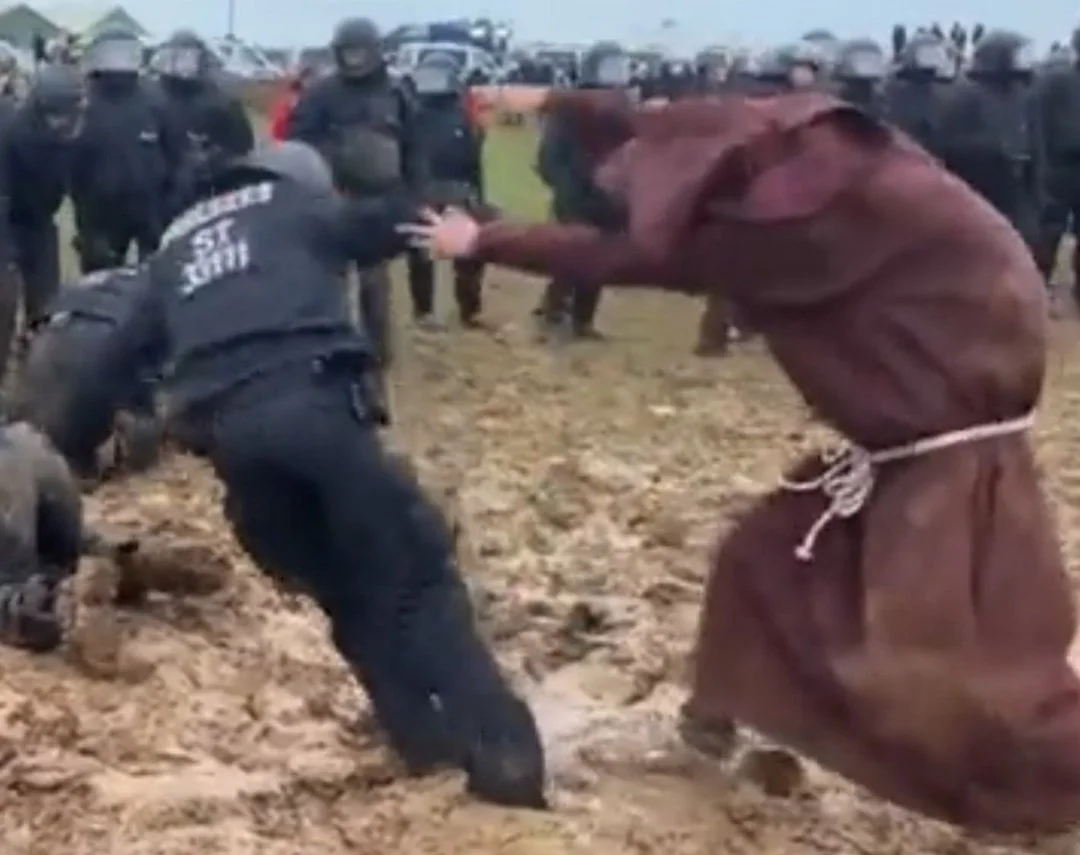Fifteen years ago, smack in the middle of Barack Obama’s first term, amid the rapid rise of social media and a slow recovery from the Great Recession, a professor at the University of Connecticut issued a stark warning: the United States was heading into a decade of growing political instability.
It sounded somewhat contrarian at the time. The global economy was clawing back from the depths of the financial crisis, and the American political order still seemed anchored in post-Cold War optimism — though cracks were beginning to emerge, as evidenced by the Tea Party uprising. But Peter Turchin, an ecologist-turned-historian, had the data
“Quantitative historical analysis reveals that complex human societies are affected by recurrent—and predictable—waves of political instability,” Turchin wrote in the journal Nature in 2010, forecasting a spike in unrest around 2020, driven by economic inequality, “elite overproduction” and rising public debt.
Now, with the nation consumed by polarization in the early months of a second Donald Trump presidency, institutional mistrust at all-time highs, and deepening political conflict, Turchin’s prediction appears to have landed with uncanny accuracy.



I mean that was right around, or maybe a bit after the tea party movement got started. If you follow that group you see how the ideology infected the republican party and led to Trump. The policies the tea party pushed are basically 1-to-1 with Trumps.
All of it is effectively snake oil politicians using hard times to convince Americans to act against their best interests.